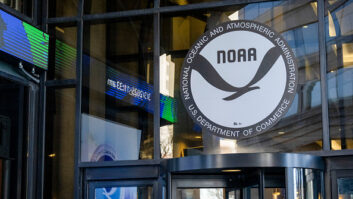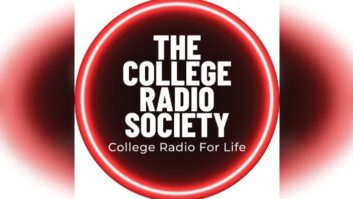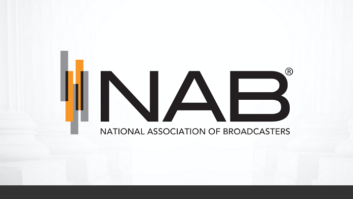I’ve been a passenger in a few Teslas. Being a fan of radio, I asked the drivers to turn on an AM station. All of them have been surprised that AM is not included in the radio; and two told me that AM doesn’t exist anymore.
This shows a sad state in our industry. There was a time, not long ago, when the AM band was synonymous with radio. Yes, FM has been the dominant band since the 1970s or ’80s, depending on whom you ask; but for a major automotive company to leave out a major form of broadcast communication is unforgivable.
Worse, the public did not notice. And now we’re read news stories about more vehicles coming on the market without AM.
Meanwhile, AM owners are grabbing available low-power FM signals to get the signal out — and then they promote their FM, not the AM. We’re even seeing major groups with 50,000-watt signals start broadcasting their programming on FM. Are they wholesaling their AMs?
Are automakers at fault here? I don’t believe so. I feel that the broadcasting industry is the culprit.
The immediate problem in Teslas, Ford Lightnings, etc. is the claim that AM reception is prone to electronic noise from the electric vehicles. But if there is unacceptable noise to AM reception in EVs, why hasn’t the National Radio Systems Committee — a partnership of the Consumer Electronics Association and the National Association of Broadcasters — addressed this issue far more aggressively?
The AM band itself is very noisy and getting worse, thanks to human-made noise sources. The NAB, SBE and others are on record with the FCC expressing concern about this. But what can be done, after years of discussion about the problem? Does FCC certification on devices mean anything anymore? Does anybody care?
AM can indeed sound good. Personally I prefer wide-band to narrow. AM HD Radio also sounds good. And in fact, all-digital AM sounds great, as our friends at Hubbard and Cumulus have demonstrated on a handful of stations. But that won’t serve the legacy receivers that have been out for the last hundred years.
[Sign Up for Radio World’s SmartBrief Newsletter]
I feel that AM stations do not promote themselves as they did in the past. Where’s the promotional campaign for the band that was promised by the National Association of Broadcasters’ AM improvement initiative? I asked this at a recent NRSC meeting but haven’t gotten a good answer.
A further problem is that AM is a real estate hog. Many owners have sold their antenna facilities to take cash out of what they see as a fading medium. Some stations are diplexing with others to consolidate land use, which can be detrimental to the individual stations. Is the value of an AM station outweighed by the one-time gain of a real estate sale?
And is all this even an engineering issue? Not really. AM radio has become the “Rodney Dangerfield” of broadcasting: It gets no respect. Can this be turned around? Who knows!
Programming is a common gripe; the band has a reputation as the home of contentious talk radio or formats with very narrow interest. But the FCC’s latest marketplace report reveals that music is still the most common format, with 35% of AM stations, followed by news, religion and various non-English content. Radio programming does not diversify like cable. Stations are afraid to be “too niche.”
And what about the FCC’s much ballyhooed AM improvement initiative under former Chairman Ajit Pai? It led to some action, yet its biggest impact was to give away FM spectrum. What about the more ambitious ideas like reducing the level of protection that Class A stations enjoy? Let’s revive the discussion of the ideas raised in that initial initiative.
I do think the idea was right for a promotional campaign. Radio salespeople also need to understand AM better, including its benefits like reach. Many AM stations are so focused on an FM translator that usually covers a fraction of the coverage area of the AM, undervaluing the AM signal.
The public does need to be aware once again of AM. This is the medium that gave birth to FM, TV, satellite radio and multimedia. Carmakers need to believe that AM is a must have.
If not, I think FM will be next in line to be deleted. The FM band has been overloaded with repeaters and translators to the point of hindering coverage areas. Will bandwidth start to be constrained?
Carmakers do not make money providing a technology to their customers the public doesn’t demand it. Do carmakers feel that AM is unwanted? Does the public feel AM is unwanted?
My last question for today: FEMA has emphasized the importance of AM stations as part of the Emergency Alert System. But can the public even rely on the AM band to alert for local and national disasters? Many stations, both AM and FM, are run with minimal or no airstaff now. We all grew up in a world where we were alerted to bad storms, national and natural disasters by a common broadcast medium. Are we taking this away from future generations?







